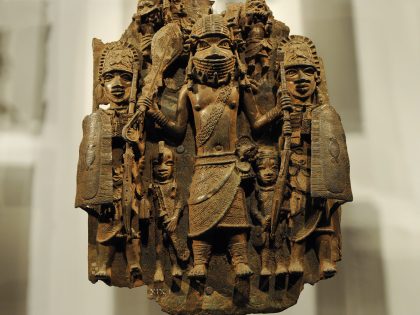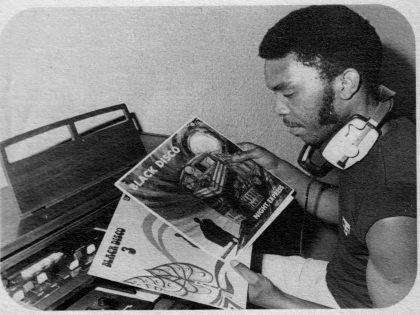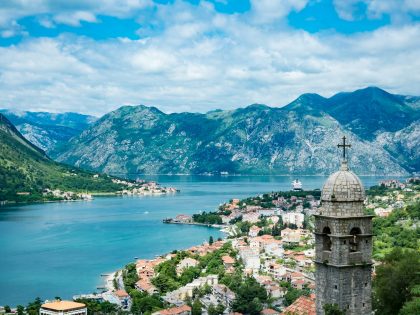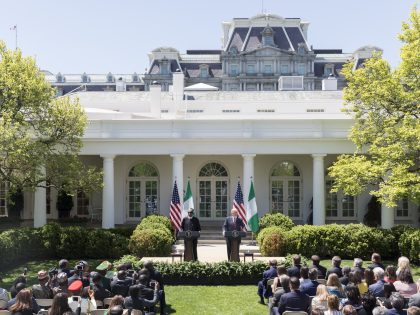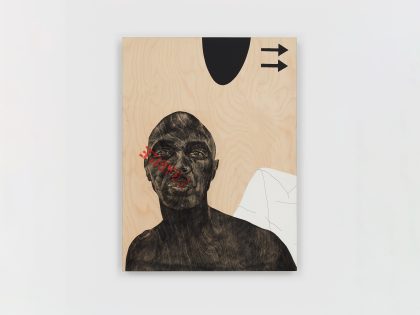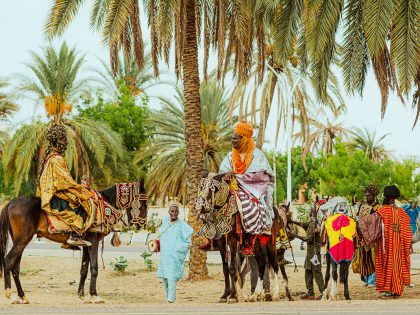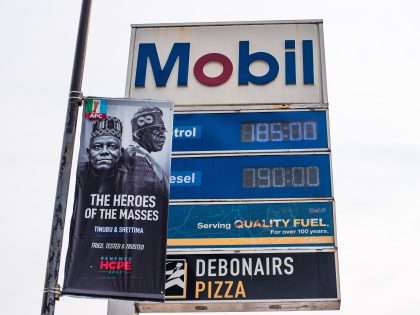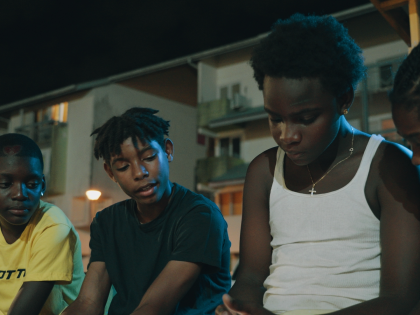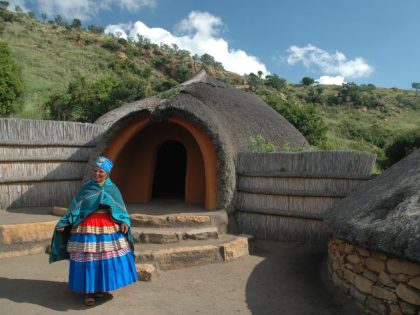God, too, takes the train to work
The author, also a photographer, on documenting South Africa's "train churches."

Images by Asanta Kaka.
In 1986, the South African photographer Santu Mofokeng decided to document “train churches” — the culture of mobile worship by working class black South Africans on the country’s commuter trains that continues till today. Mofokeng was traveling daily between his home in Soweto and his work as a dark room assistant at an Afrikaans newspaper in Johannesburg. At first he was annoyed by the practice — he preferred to nap — but soon warmed to its significance: “It captures two of the most significant features of South African life: the experience of commuting and the pervasiveness of spirituality.” Mofokeng’s photographs were taken when traveling long distances from isolated and dusty township homes to domestic and gardening jobs in white suburbs was the norm — residential Apartheid was enforced by law. Leaving in the early hours of the morning and returning to their families late at night, most had no time to attend church, and had no choice but to take God with them on their long train rides. Though legal Apartheid these days is a thing of the past, residential Apartheid — now enforced by economics — is still the norm and most black people still commute to mostly white suburbs for work. The culture of mobile worship continues to this day.
Today, the sounds of the gospel (accompanied by worshippers hitting the sides of the train and ringing portable bells) are still an invitation to come to church. Often heard from the side of the platform as the train pulls in and out of different stations, this signal helps believers to find the congregation while warning non-believers to stay away.
I remember as a child how irritated I used to get when I found myself in one of these church carriages. I felt like I was being bullied into Christianity; my right to remain atheist was being violated on my way to school. As I got older, these ways of doing things started to fascinate me. I remember always wanting to do a photo story about this kind of worship, ever since I knew I wanted to be a photographer and long before I knew who Santu Mofokeng was.

When I was asked by my photography mentor about what I would shoot if I had an opportunity to do my first body of work, the answer was simple. I wanted to take pictures of people preaching and singing in trains. A few days after our conversation I got on a 17:45 train from Brackenfell on route to Cape Town station with my heart racing and my mind thinking up answers to the questions I was sure to get as soon as I pointed the camera.

I didn’t even do research, I had all the research I needed from taking trains to school for most of my school life. My plan was to shoot first, answer the questions, apologize and delete any unwanted photographs. It was as simple as that. After at least two days a week, for three weeks on that train I had a lot of pictures, and I had gained new friends and a new point of view of what had always been part of my day to day life.

A few days later I went back to Santu’s body of work and I realized the similarities between us. Little has changed since he did his “train church” in 1986. The trains are still in the same condition. It is still the gardeners, the domestic workers, the cleaners and the black unemployed that crowd the trains en masse in search of a better living in the cities, even after 18 years of a new and democratic South Africa.

The prayer’s theme is still the same. To go home to a liveable house and to be able to make sure the family has something to eat. The only thing that has changed is that school kids now have phones that can play music and they’re not afraid to use them. As soon as the bibles come out, the earphones soon follow.
